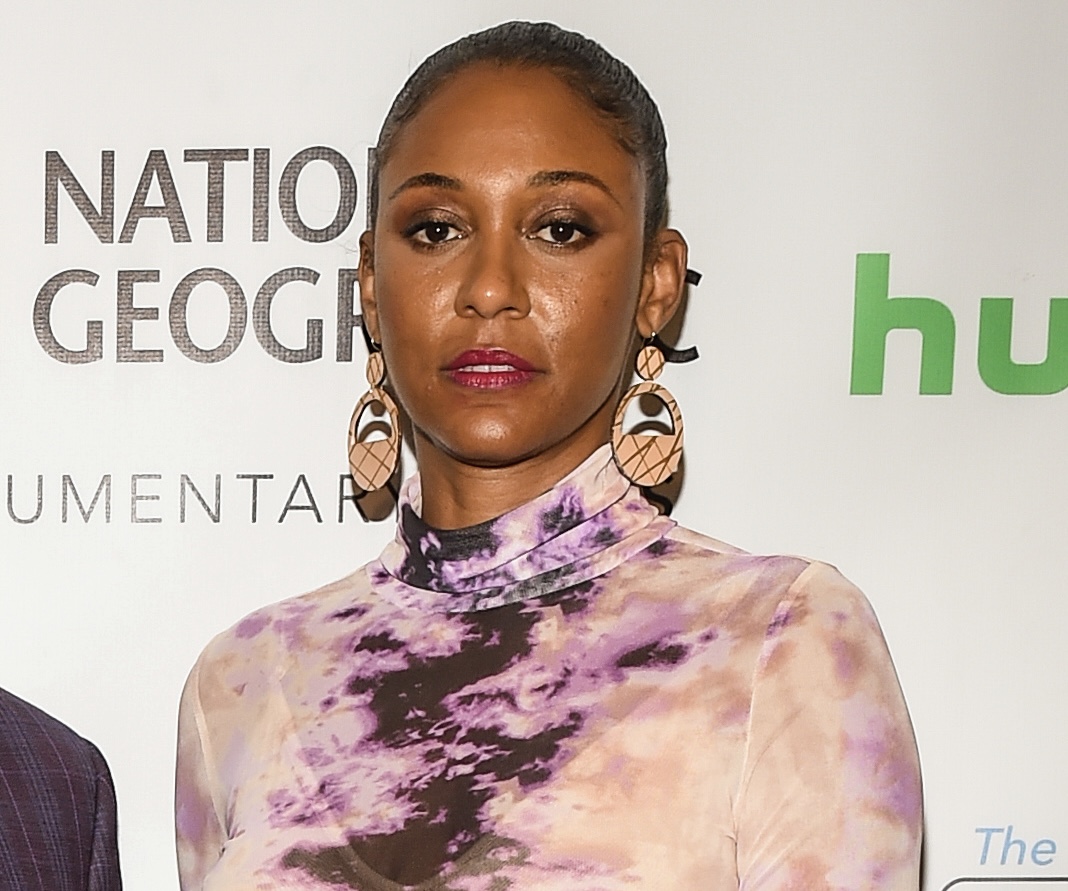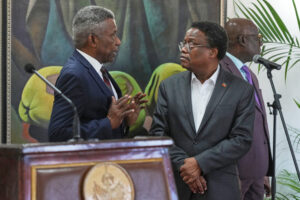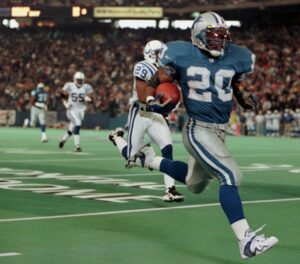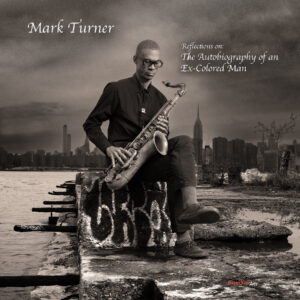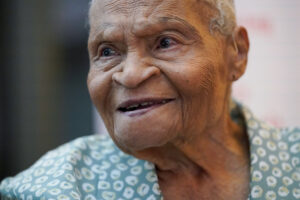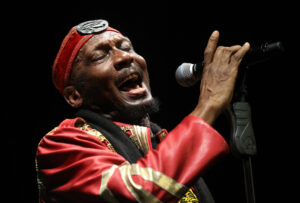NEW ORLEANS — The city still looks like itself. The brass bands still pulse down Frenchmen Street, neon still burns along Bourbon, and the air still smells of frying shrimp and chicory coffee. But for those who lived through August 2005, the New Orleans of memory is forever split in two.
There was before Katrina, and there was after.
That dissonance, which is both jarring and invisible, is the focus of “Hurricane Katrina: Race Against Time,” a five-part National Geographic documentary directed by Traci A. Curry, an Oscar nominee and documentarian who has built her reputation digging into the human stories that define America’s crises.
But Curry, an Oscar nominee best known for “Attica (2021)” and her work on “Boss: The Black Experience in Business (2019)” , did not set out to make a disaster retrospective.
“I think there’s a way that we tend to imagine or remember Katrina as something that happened to the country, and it wasn’t,” she said. “When you visit, it feels very much like the New Orleans of our imagination, but for the people who are from there, they experienced their cities before Katrina and after and I recognize that there’s something that the people of New Orleans have to tell us that we might not understand about their particular experience at that time.”
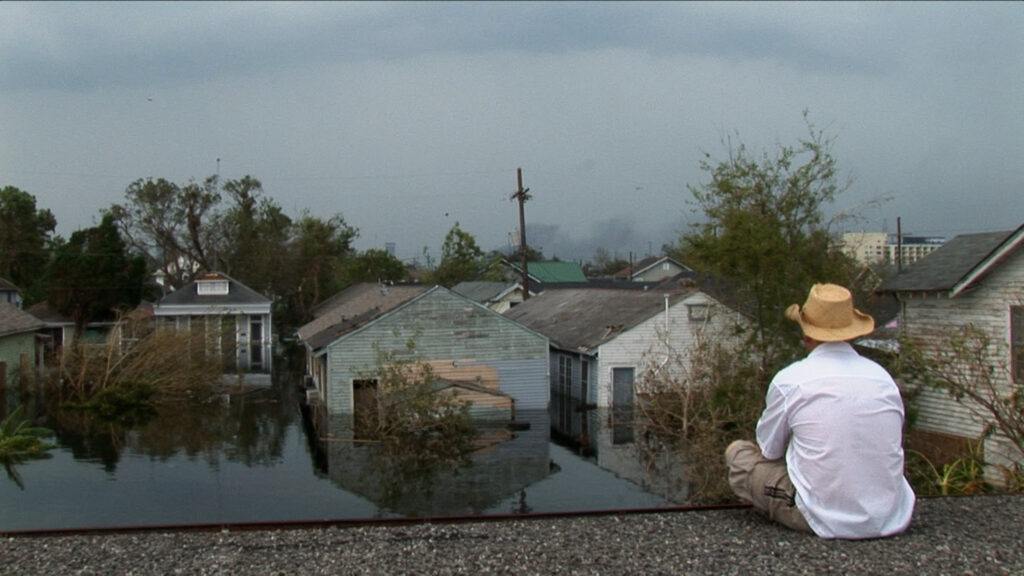
Two decades later, much of what we know about Katrina is framed by images of families stranded on rooftops, the drowned Lower Ninth Ward, and the chaos inside the Superdome. But Curry found that the quieter stories, those never told to reporters and never spoken outside kitchen tables, were just as important.
To create a story that would stick, winning trust meant that Curry had to approach survivors not as “subjects,” she said, but as neighbors still carrying trauma.
“We throw around the word ‘storytellers’ in this business,” Curry explained. “But these aren’t characters. These are human beings whose lives were torn apart, who lost homes, families, a sense of safety and experienced a profound trauma. You can’t just ask questions. You have to give them the opportunity to say no.”
But some said yes.
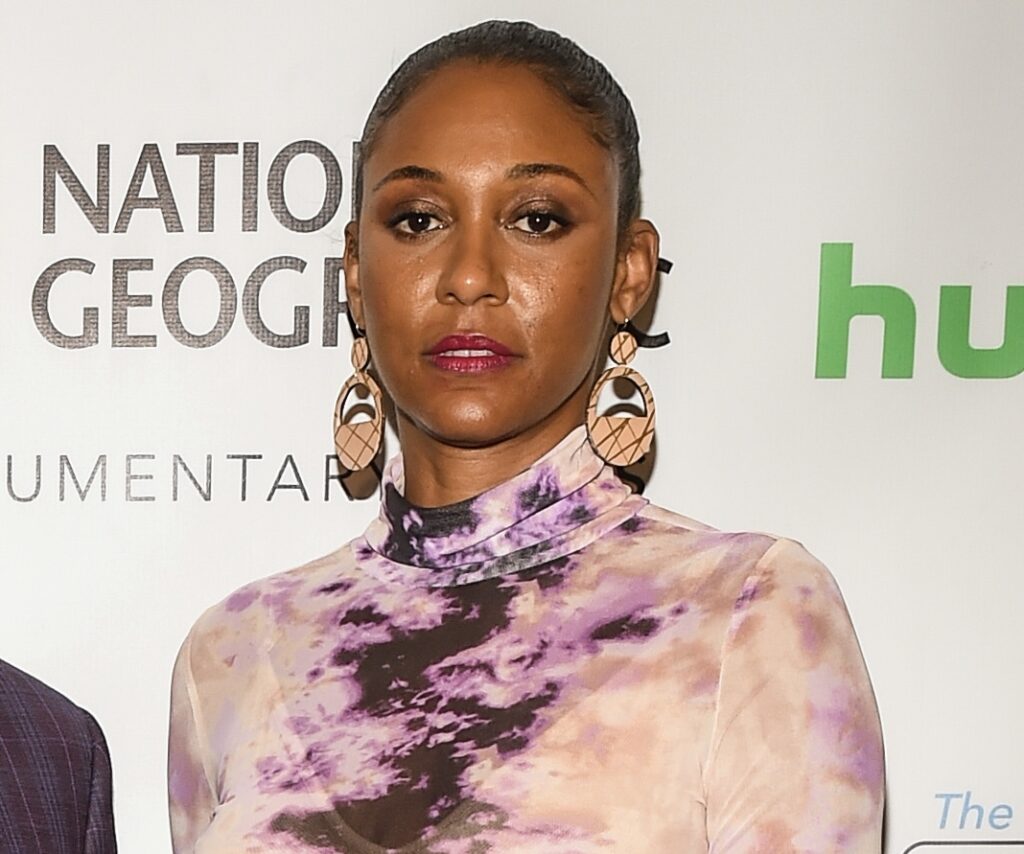
Among them was Shelton Alexander, a lifelong New Orleanian who survived the storm and whose perspective became central to the series. Speaking of the process, he admitted that it reopened wounds but also uncovered aspects of the experience he himself hadn’t fully faced.
“It reminded me of what we almost lost,” Alexander said. “Our people, our culture, everything that makes New Orleans alive.”
For him, the storm was not just about individual loss but about a lineage at risk.
“Louisiana was here before the United States,” he added. “What this documentary does is capture the parts of the story that were missing, even for those of us who lived it. And maybe people will learn from it, so the next disaster doesn’t become man-made.”
That sense of near erasure, not only of lives but of an entire cultural inheritance, is what gives Curry’s work its urgency. For the director, the most dangerous misconception about Katrina is that it was a freak catastrophe, a deadly storm, an act of God. The documentary insists on an uglier truth: Katrina was as much man-made as natural.
That narrative is echoed in Alexander’s account. His story, like so many others, cannot be separated from the failures that made their suffering possible. The cultural inheritance he speaks of nearly vanished not just because of wind and water, but because of decisions made, and not made, in federal offices in Washington, far from the French Quarter.
The storm struck a city hemmed in by weakened wetlands, aging levees, and years of ignored warnings. Then came the bureaucratic collapse in the form of the failure to evacuate the city’s poorest residents, the collapse of communications between local, state, and federal agencies, and the stunning inaction of officials who had already rehearsed this exact scenario.
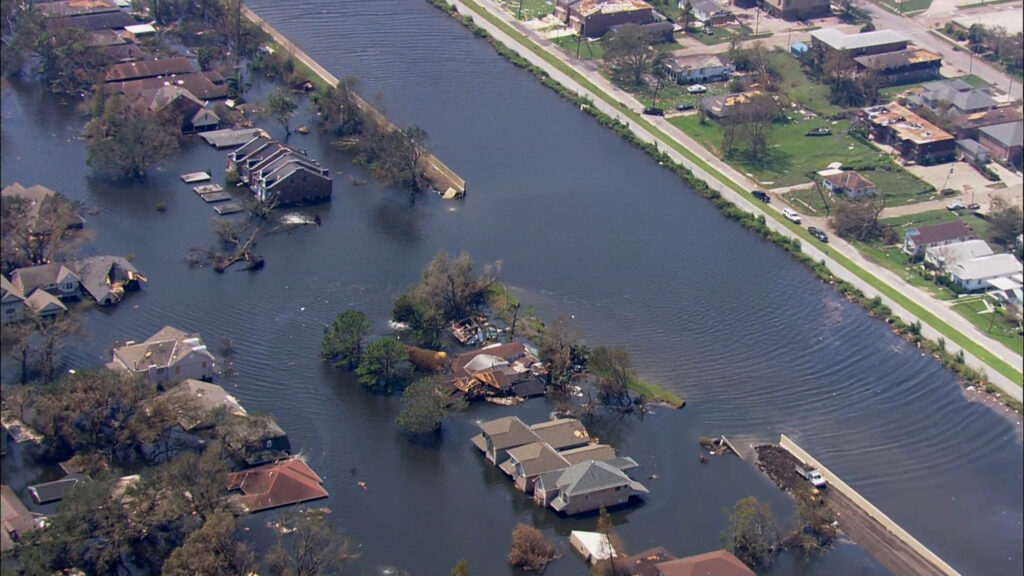
In one of the series’ most galling revelations, Curry revisits “Hurricane Pam,” a simulation run before 2005 that predicted almost precisely how Katrina would happen.
“As we show in episode one, government agencies had run a simulation predicting almost exactly what happened, including the need to evacuate those who couldn’t get out,” Curry said.
The betrayal in her voice is hard to miss.
“Knowing that something was going to happen, knowing that it was preventable, and then doing nothing and having it play out exactly as you predicted, that’s probably the most infuriating part of the failure,” Curry said.
The result, she argues, was not only a natural disaster but a civic betrayal. The betrayal Alexander and other survivors felt was compounded by how their stories were told, or mistold, to the rest of America, a betrayal that lingers even today.
For Alexander, the misconceptions were even more personal. Too often, he said, the national media flattened New Orleans into a caricature: a city of poverty, dysfunction, or exotic excess. The documentary insists on something different. It recenters New Orleans as a place with a lineage older than the United States, where traditions of music, food, and faith survive precisely because of resilience.
“What I hope people see,” he said of the documentary, “is that New Orleans is more than tragedy. It’s who we are as a people, and why this city matters. And maybe they’ll learn things they never knew, the same way I did just by telling my story.”
On its face, the timing of this anniversary is obvious. Twenty years is a milestone. But for Curry, the urgency of “Race Against Time” is less about nostalgia and more about learning from the past.
The Katrina template has repeated itself over and over again, often triggered by an extreme weather event, amplified by climate change, and compounding existing inequalities. The disasters differ from fires in California to floods in North Carolina and a recent deluge in Texas, but the pattern remains the same. “The most vulnerable suffer first,” Curry said. “And they recover last, if at all.”
In that sense, Katrina is not a closed chapter, but a prophetic parable for the present.
When the powers that be fail
The documentary spares little in chronicling government failure, from the dithering of local agencies to the paralysis of FEMA. Michael Brown, the FEMA director whose absence became infamous, is portrayed as almost grotesquely detached, dining in comfort while thousands went hungry in the Superdome. By contrast, Police Chief Eddie Compass, who once falsely reported snipers firing on rescuers, is treated with more complexity, his missteps framed as the consequence of trauma rather than malice.
But Curry’s larger indictment is structural, not personal.
“This wasn’t just one man’s failure,” she said. “It was every layer of government failing at once. And that’s exactly what we can’t afford to repeat.”
The government’s operational failures were compounded by another form of institutional breakdown, one that influenced how millions of Americans understood what they were witnessing. If the government failed in action, the media failed in perception by misrepresenting how victims of Katrina were depicted. Curry’s series shines a raw and painful spotlight on the way Black residents were depicted, often cast as looters or lawless hordes rather than as survivors, with the goal of restoring specificity.
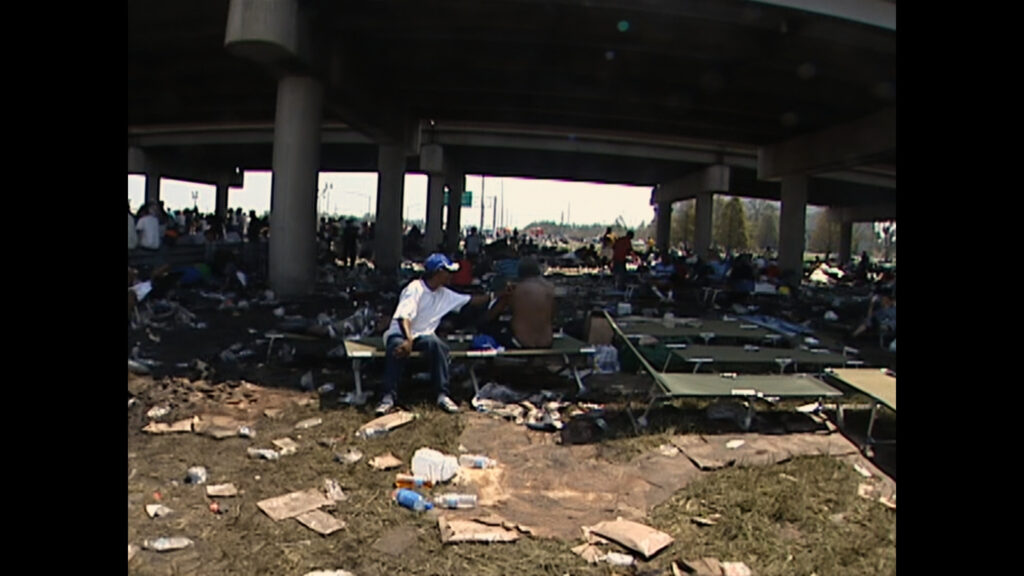
Through her storytelling, viewers see the poignant humanity of Katrina’s aftermath in mothers clutching infants, neighbors ferrying the elderly, and children trying to sleep on concrete floors. By insisting on humanity, she transforms “refugees” back into what they always were, citizens abandoned by their own country.
Two decades later, New Orleans’ post-Katrina recovery has been highly uneven across economic and racial lines. Affluent neighborhoods rebounded quickly. Poorer wards remain pockmarked by absence, by lots where homes once stood. And for people like Dwynesha “Dee” Lavigne, those inequalities were not abstract. Trapped by the storm, she spent 22 hours on the road to escape, only to end up sleeping on the hard floor of a makeshift church shelter in Mansfield, Louisiana. There, desperate to survive, she had to look her mother in the eye before they left New Orleans and tell her to choose just two trash bags of belongings from a lifetime of memories.
“That was probably the hardest thing I ever had to tell her,” Lavigne recalled. “You can’t have any of these things. They’re ruined.”
Food, too, carries the memory of Katrina, and for Lavigne, the disaster redirected her path. Years later, she would return to open Deelightful Roux School of Cooking, the first Black woman-owned cooking school in New Orleans since 1937. Her work reminds the city, and the country, that survival is as much about reclaiming cultural ownership as it is about rebuilding homes from scratch.
The recovery
For survivors like Alexander, the real legacy isn’t in property that was destroyed, but in the perspective that was built. “Stuff can be replaced,” he said. “But the mental part stays with you, you never forget what it feels like to lose everything in a night.”
And still, 20 years later, the city pulls people in. After Katrina, New Orleans did not empty; it remade itself through those who chose to stay, those who came to claim it as home, and those who returned to visit for pralines and partying.
Stephany Alecon, a teacher from New Jersey, arrived years after the storm, intending only to spend a short stint in the classroom. Instead, she put down roots, buying her first home, co-founding Latinas en Louisiana, a community organization that offers Latina women in the state a place to connect, build networks and discover the city together.
“There is room here for everyone,” she said, “but respect the culture and those who are from here.”
Daisy Reyes Cabral, a social worker from New York, arrived more recently, pulled by a Mardi Gras trip just before the pandemic. She found in New Orleans a slower rhythm, one that allowed her to breathe, to create, to build community.
“This city cracked me open and helped me redefine my purpose,” she said. “The hustle here was different. It was soul-driven.”
Their stories echo what many who have arrived in the storm’s wreckage say, that for all its scars, New Orleans still offers something rare; a space to reinvent oneself, and a community that insists you do it with others.
Curry hopes the series will jolt viewers out of complacency about what New Orleans is as a place, and what actually happened during Katrina.
“Katrina shouldn’t be remembered only as a tragedy,” she said. “It should be remembered as a teacher. And the question is: Have we learned anything?”
Back in the French Quarter, life hums along. But just a few miles away, in neighborhoods like the Lower Ninth, reminders remain—a gutted church, a rebuilt house standing alone where an entire block once lived.
Curry’s film asks audiences not to turn away from those scars. “The danger,” she warned, “is that we think of Katrina as history. But for the people who lived it, it’s still now.”
This is New Orleans’ burden twenty years later, to celebrate and grieve at the same time, celebrate tenacity while remembering loss and demanding that the country, and world at large, finally learn what this city has always known.
There was New Orleans before Katrina. There is New Orleans after. And the distance between the two is where the nation’s conscience still resides.


